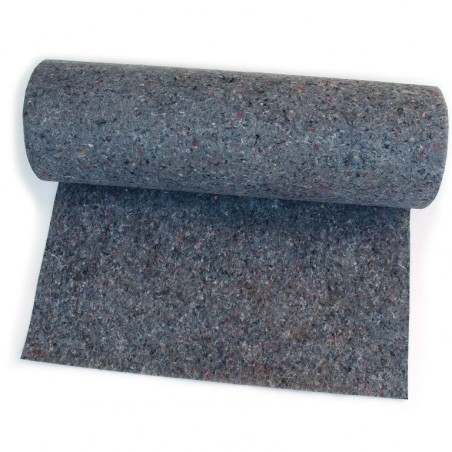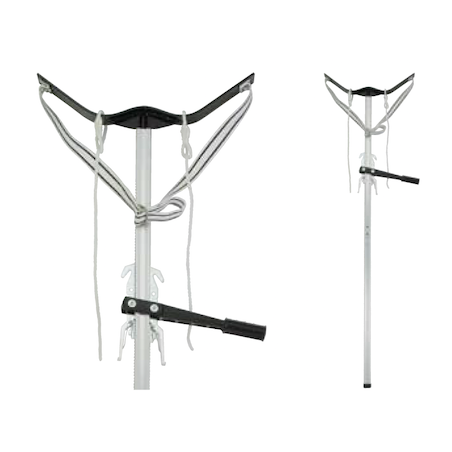Nutrient availability during mid gestation can modify the ratio of secondary to primary muscle fibers. Increasing sow feed intake in late gestation can shift the offspring adipocyte focus towards fat accretion. However, it is not known whether short modification of nutrition could exert effects. The present study investigated the effects of different feeding levels during 3 short periods of gestation on sow and litter performance and its impact on subsequent performance. A total of 160 multiparous sows were allotted to 4 dietary treatments using a randomized complete block design for body weight (BW) and backfat (BF). All sows were fed one common corn-soybean diet as 1.0 × maintenance energy intake (100 × BW0.75 kcal ME/d) throughout gestation except 3 periods of 7 d, when dietary treatments were imposed on d 27, d 55 and d 83 of gestation. For these 3 short periods, sows were fed 4 different feeding levels: 0.5 M, 1.0 M, 1.5 M and 2.0 M (M as Energy for Maintenance).
Results showed that both BW gain (16.12, 24.74, 30.62 and 36.71 kg, respectively) and BF change (−0.27, 0.99, 1.49 and 2.45 mm, respectively) from d 27 to 109 of gestation increased linearly with the gestation feeding levels. In contrast along gestation feeding levels, during lactation, BW gain (14.31, 9.84, 7.09 and 3.50 kg, respectively) decreased linearly, while BF loss (−0.79, −0.92, −1.12 and −1.57 mm, respectively) increased linearly. Additionally, average daily feed intake during lactation (7.05, 7.00, 6.91 and 6.52 kg, respectively) tended to linearly decrease with the feeding levels. Piglet birth weights increased linearly with the increase of gestation feeding levels, while piglet weaning weights were similar and subsequent reproductive performance was not affected.

In conclusion, increasing feeding levels for 3 short periods during gestation increased BW and BF during gestation and caused less BW gain, more BF loss during lactation and a reduction of lactation feed intake. Increasing feeding levels improved piglet birth weight, but did not affect piglet weaning weight. It was estimated that requirements of 1.20 M, 0.66 M and 0.65 M feeding levels were needed to maintain a constant BW during d 27–34, d 55–62 and d 83–90 of gestation, respectively, indicating current maintenance energy requirement may underestimate the actual maintenance energy requirement in the early gestation, but overestimate the actual maintenance energy requirement in the mid and late gestation.
Ren, P., Yang, X. J., Kim, J. S., Menon, D., & Baidoo, S. K. (2016). Effect of different feeding levels during three short periods of gestation on sow and litter performance over two reproductive cycles. Animal Reproduction Science. February 2017Volume 177, Pages 42–55. http://dx.doi.org/10.1016/j.anireprosci.2016.12.005





